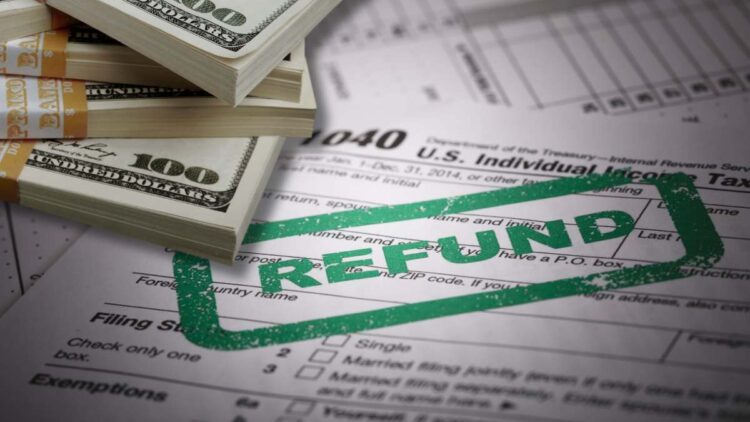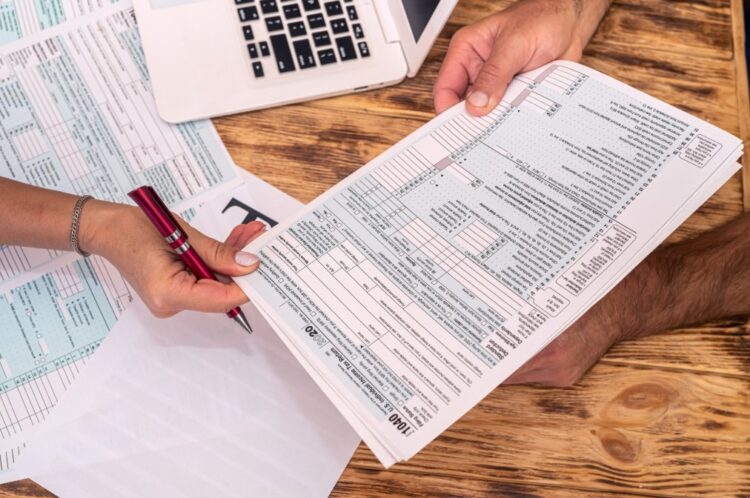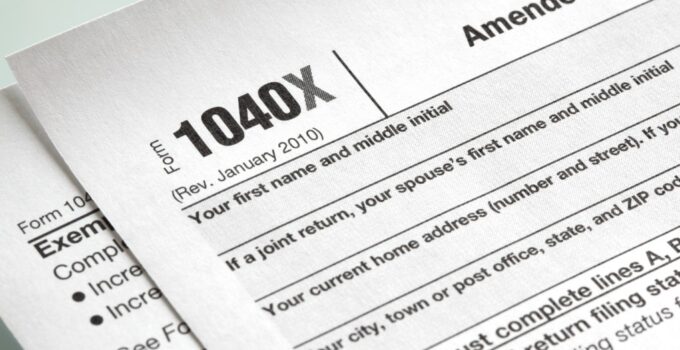Filing taxes can be a complex process, and there are occasions when you might need to correct your tax return after submission. An amended tax return allows you to make these necessary adjustments to your income, deductions, or credits.
Whether you overlooked a significant tax document or have experienced a change in your filing status, understanding how to properly amend your tax return is essential. Keep reading for a comprehensive breakdown of what an amended return entails and how it may affect your tax situation.
Understanding the Basics of Amended Tax Returns
Filing an amended tax return is a way to rectify inaccuracies on your original tax submission. Whether it’s due to an error, omission, or life change that affects tax status, an amended return, formally known as Form 1040-X, provides a vehicle for correction. It is important to note that not every mistake requires an amendment; minor mathematical errors are often corrected by the IRS during processing.
When filing an amended return, you must outline all changes made and provide any necessary documentation. This documentation could include additional W-2s, mortgage statements, or corrected income statements. It’s crucial to review the original return alongside the amendment to ensure all information is accurate and complete.
Understanding how the IRS processes amended returns can help manage expectations regarding timelines. Amended returns can take up to 16 weeks to be processed. During this time, taxpayers are often eager to know the status of their filing, leading them to ask, “Where’s my amended tax refund?”
Keep in mind that the IRS accepts amended returns only in paper form, even if the original return was filed electronically. This can lengthen the processing time as opposed to electronic submissions of the initial return. Taxpayers should also be aware that states have their own separate procedures and forms for amending state tax returns.

Source: elmira.es
Situations That Require Filing an Amended Tax Return
There are several scenarios where filing an amended return is necessary. If you discover that you failed to report some income, such as earnings from a side job or investment dividends, it is imperative to file an amendment. Also, changes to filing status, like getting married or divorced, can have a significant impact on your tax liabilities.
Another common reason for amending a return involves tax deductions and credits. If you initially failed to claim a tax break for which you were eligible, or if you claimed a credit in error, you’ll need to submit a correction. Examples include education credits, charitable contributions, or deductions like mortgage interest.
Those who make post-filing contributions to an IRA or HSA might need to adjust their return to reflect these late contributions. Similarly, overlooked carryovers, such as capital loss or charitable contribution carryovers, require an amended return to adjust your tax records accurately. Lastly, receiving corrected tax documents after you’ve already filed, such as a corrected W-2 or 1099 form, usually necessitates an amendment. These corrections can change the amount of tax you owe or the size of your refund.

Source: carasshulman.com
Step-by-Step Guide to Amending Your Tax Return
To amend your tax return, start by obtaining Form 1040-X from the IRS website or a tax professional. Review your original tax return and the instructions for Form 1040-X carefully, as they guide you through the amendments step by step. It’s essential to include explanations for the changes to ensure clarity and proper processing by the IRS.
After filling out the necessary changes on Form 1040-X, attach any documentation that supports your amendment. This includes new or amended income statements, receipts for deductions, or letters explaining corrected information provided by employers or institutions.
Once all materials are prepared, mail the form and accompanying documents to the IRS. The mailing address varies based on your location and whether you are expecting a refund, so be sure to use the correct address found in the Form 1040-X instructions. It’s wise to send your return using a trackable service so you can confirm its delivery. Keep all records of your original and amended returns in case questions arise later or as supporting documentation for future returns.
Overall, filing an amended tax return may seem daunting, but understanding your obligations and the proper steps can simplify the process. Whether you’ve made an error or need to update your filing due to life changes, an amendment ensures that your tax records accurately reflect your financial situation for the year in question. Remember, maintaining meticulous records and acting promptly can mitigate any potential tax complications down the line.





